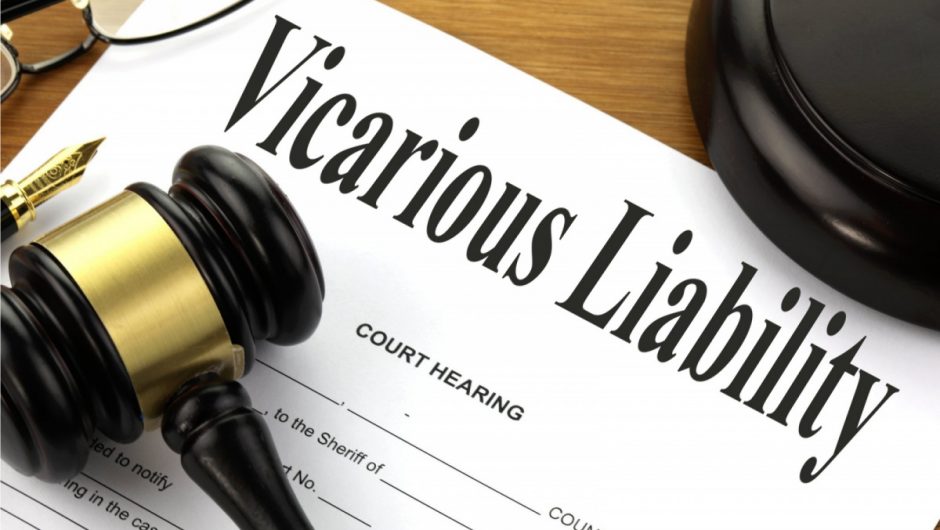Provisional patents are the complete rights that you created or invented something. If you come up with a great idea that you think has excellent commercial potential and could turn out to be a real money-spinner you will obviously want to take steps to stop someone stealing your idea or copying you without permission.
The way to do that is to file for a patent so that you have an element of legal protection when it comes to ensuring your idea belongs to you exclusively. Filing a provisional patent is the first step in that journey and the big question is when should you file one?
Here is a look at what you need to know about a provisional patent.
What are provisional patents?
A good starting point would be to take a look at what provisional patents are, what their limitations are, and why as well as when you might decide to file one.
Looking at US patent laws, a provisional patent is a legal document that you file with the United States Patent and Trademark Office.
The reason you would file this document is to establish a date as early as possible that seeks to recognize the fact that you will be making a full application within a year of making the provisional application.
It is basically used as a way of establishing a claim so that you can mark an idea as “patent pending”. This then means that your investigation will be recognized and it established a precedent that allows you to go forward with a full application, usually within a year of the initial filing date.
Get it right first time
Although you are filing a provisional patent application and will need to make a more formal patent application once the clock is ticking, it is important to understand that it is essential that you take the time to describe your investigation as comprehensively as possible.
If you file an application with only outline details and not enough supporting information it could prove to be detrimental to your chances of succeeding with a full application.
The reason for this is that it could be viewed that you are filing a patent for an invention that is not yet complete. This opens the door for someone else to challenge your right to exclusivity.
Your primary goal is not only to describe the invention as fully as possible but to claim priority status in making a formal application for a patent.
That is why it is so essential that your attention to detail is just as good with a provisional patent application as it would be when making a full application.
Understand the status of your provisional application
A key point that you need to take on board with the patent process is that filing a provisional patent application does not lead directly into a full application.
In effect, they are two separate entities. What you are ultimately doing with a provisional patent is set the clock running. Without this document, you don’t have anything to license and what is in the application will be protected as your invention, at least until you file a full patent application.
In answer to the main question. You should seek to file a provisional patent application as soon as possible, but your attention to detail should be as good as it can be if you want to protect your invention.












